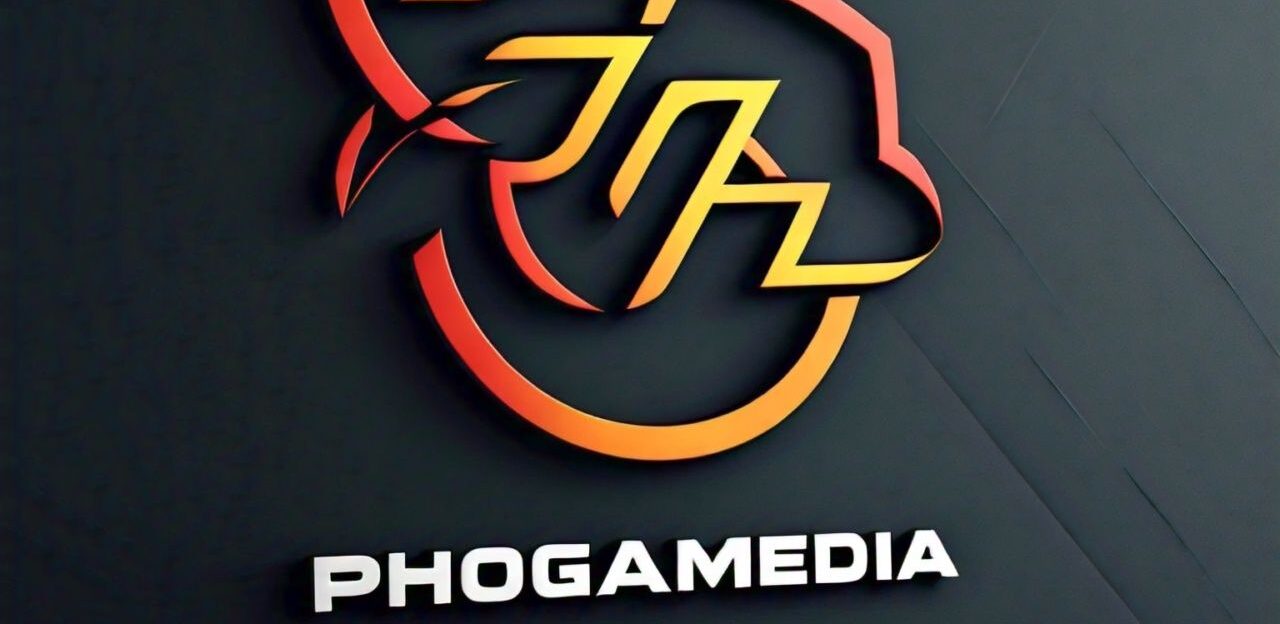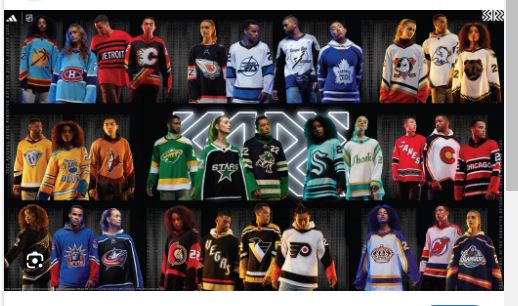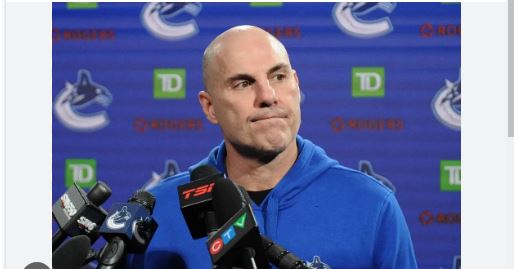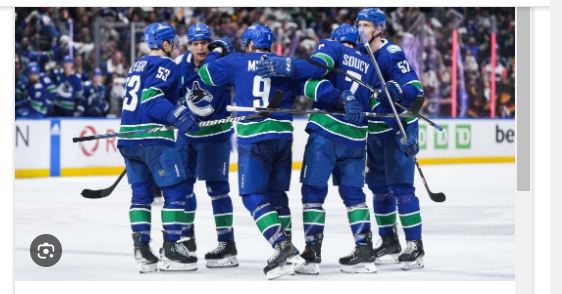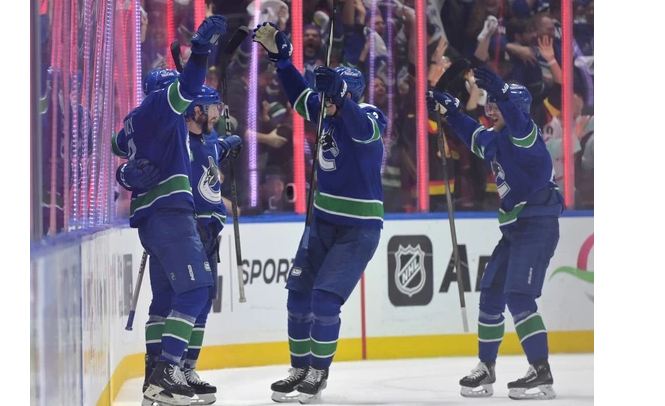Vancouver Canucks Sweaters: The Best and Worst
Sweaters have long been an integral part of hockey, symbolizing teams through their distinctive colors and designs. While some sweaters have become classics, others are remembered for being less than stylish. This summer, we’re delving into the best and worst sweaters from each NHL team’s history. Today, we’re focusing on the Vancouver Canucks.
How We Compiled the List
At Last Word on Hockey, we used various methods to create this list, including polls from social media, input from our writers, and fan feedback. We aimed to gather a wide range of opinions to identify the most memorable sweaters in each team’s history. This list may spark some debate, but let’s start with the best sweaters.
On this day in 1993, Pavel Bure scored twice to become the first player in Canucks history to record 50 goals in a season #Hockey365 #Canucks pic.twitter.com/LyNikwKNPu
— Mike Commito (@mikecommito) March 1, 2022
The Best Vancouver Canucks Sweaters
The Flying Skate
Over their 50-plus years, the Vancouver Canucks have experimented with a range of colors. Initially, the team sported blue, green, and white but switched to gold, black, and red in the 1978-79 season. Although the franchise struggled to find the perfect look, they hit their stride in the 1988-89 season with the “Flying Skate” design. This uniform became iconic during the team’s strong performance in the 1990s and returned as an alternate in 2022 after being revived for the 50th anniversary in 2019-20. Fans have cherished this look, and it’s great to see it back in rotation.
The Current Home Jerseys
The Canucks combined a 90s design with their original colors to create their current home jerseys, debuting this look in 2008. Originally featuring “Vancouver” above the Orca logo, the wordmark was removed in 2019, allowing the logo to take center stage. These jerseys, enhanced by a TD Bank patch and updated striping, are among the most appealing in the NHL today.
Johnny Canuck
The Canucks have embraced blue and green in their two Reverse Retro jerseys, with the second version in 2022-23 drawing inspiration from the 1962 Western Hockey League team. The logo features Johnny Canuck, and the design incorporates the team’s colors with a vintage cream in place of white. This throwback look is also used by Vancouver’s AHL affiliate in Abbotsford, continuing the legacy of Johnny Canuck.
The Worst Vancouver Canucks Sweaters
The “V” Sweater
Though some fans might disagree, the “V” sweater is widely regarded as one of the worst uniforms in NHL history. Featuring seven “V”s across the jersey, socks, and other elements, this design was worn by players like Stan Smyl and Harold Snepsts. Despite being worn during the 1981-82 Stanley Cup Final, the sweater was retired in 1985. However, there are still fans who appreciate its unique style.
Happy birthday Stan Smyl 🥳#CanucksAlumni pic.twitter.com/QI77yft8Vk
— Vancouver Canucks Alumni (@canucksalumni) January 28, 2024
The Gradient Sweater
In the 1997-98 season, the Canucks underwent another significant rebrand, abandoning the popular red, black, and yellow colors in favor of navy blue, sky blue, maroon, and silver under new ownership. The new Orca whale logo and the introduction of a gradient fade on the jerseys in the 2001-02 season were met with mixed reviews. While gradients have since become more common, this particular attempt remains one of the less successful designs.
The Red Skate
In 1995, the Canucks introduced a third jersey that has since become infamous. While other teams like the Los Angeles Kings and Anaheim Ducks faced similar criticism for their third jerseys, Vancouver’s red skate design was particularly unpopular. The Canucks eventually phased it out by the 1996-97 season and did not revisit it in the Reverse Retro program, much to the relief of many fans.
Other Considerations
The current alternate jersey featuring the original stick logo, introduced in 2019, is generally well-regarded. On the other hand, the Vancouver Millionaires tribute sweaters, with their outdated design elements, were less successful in capturing fans’ admiration.
